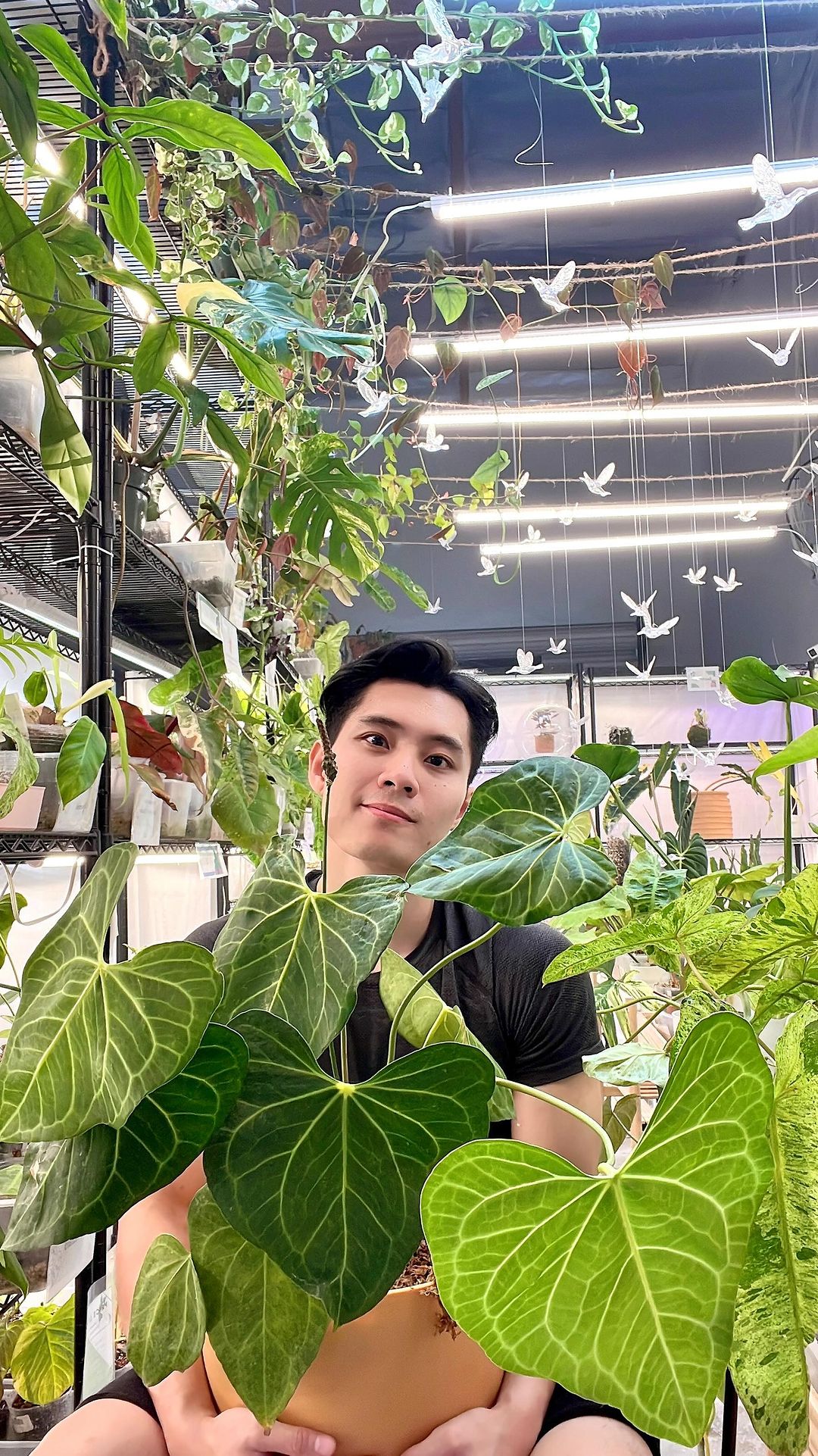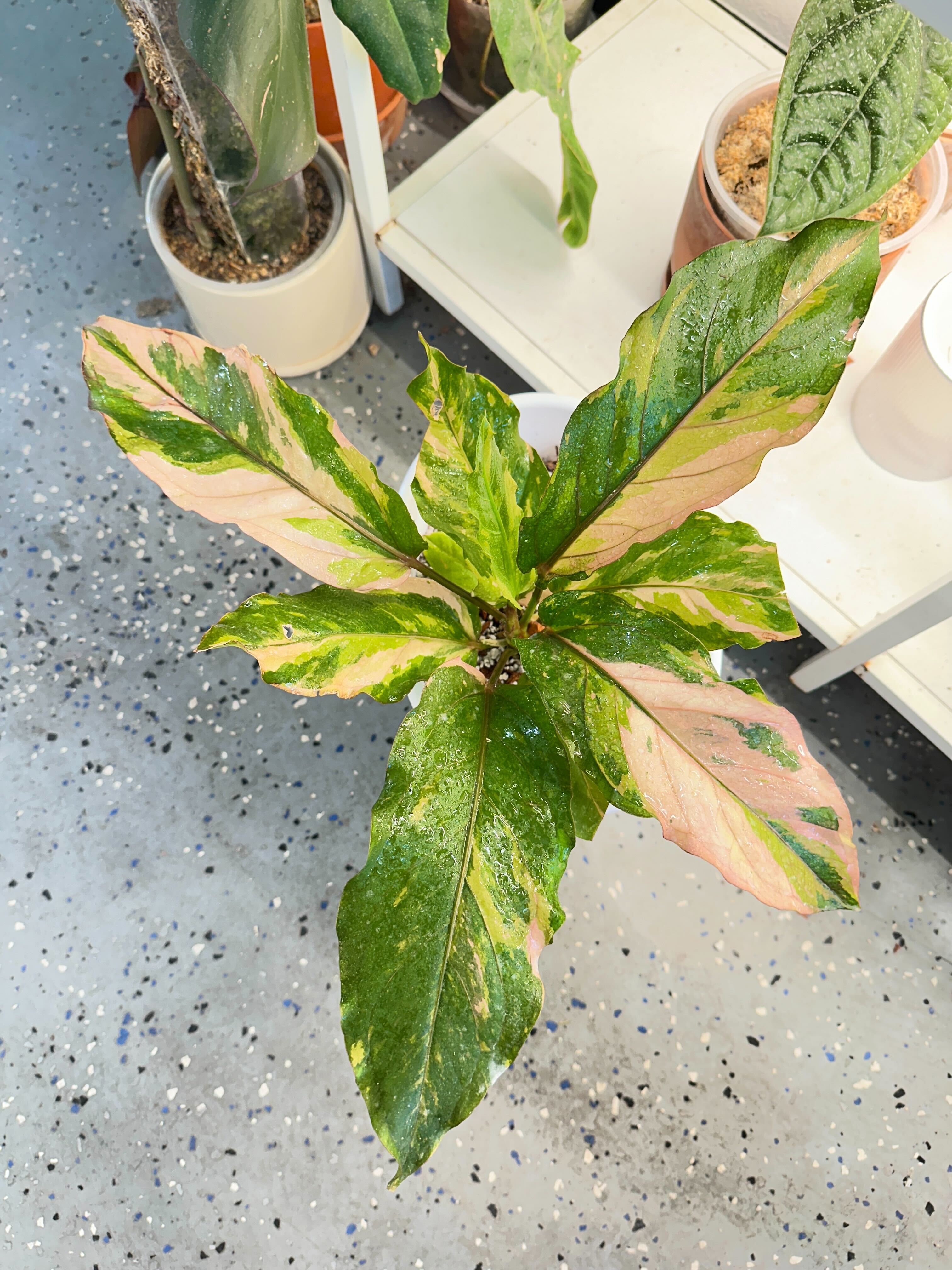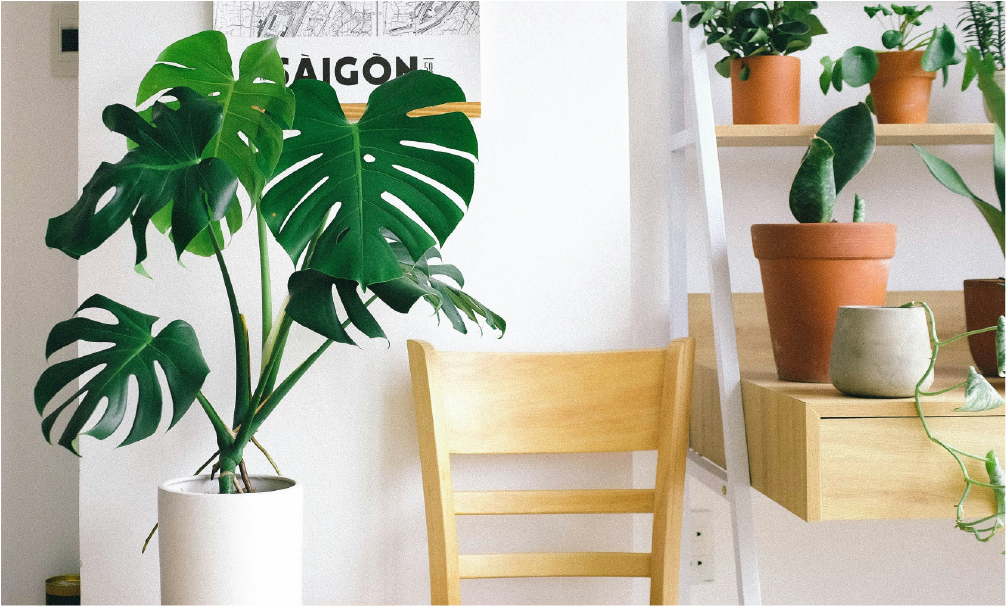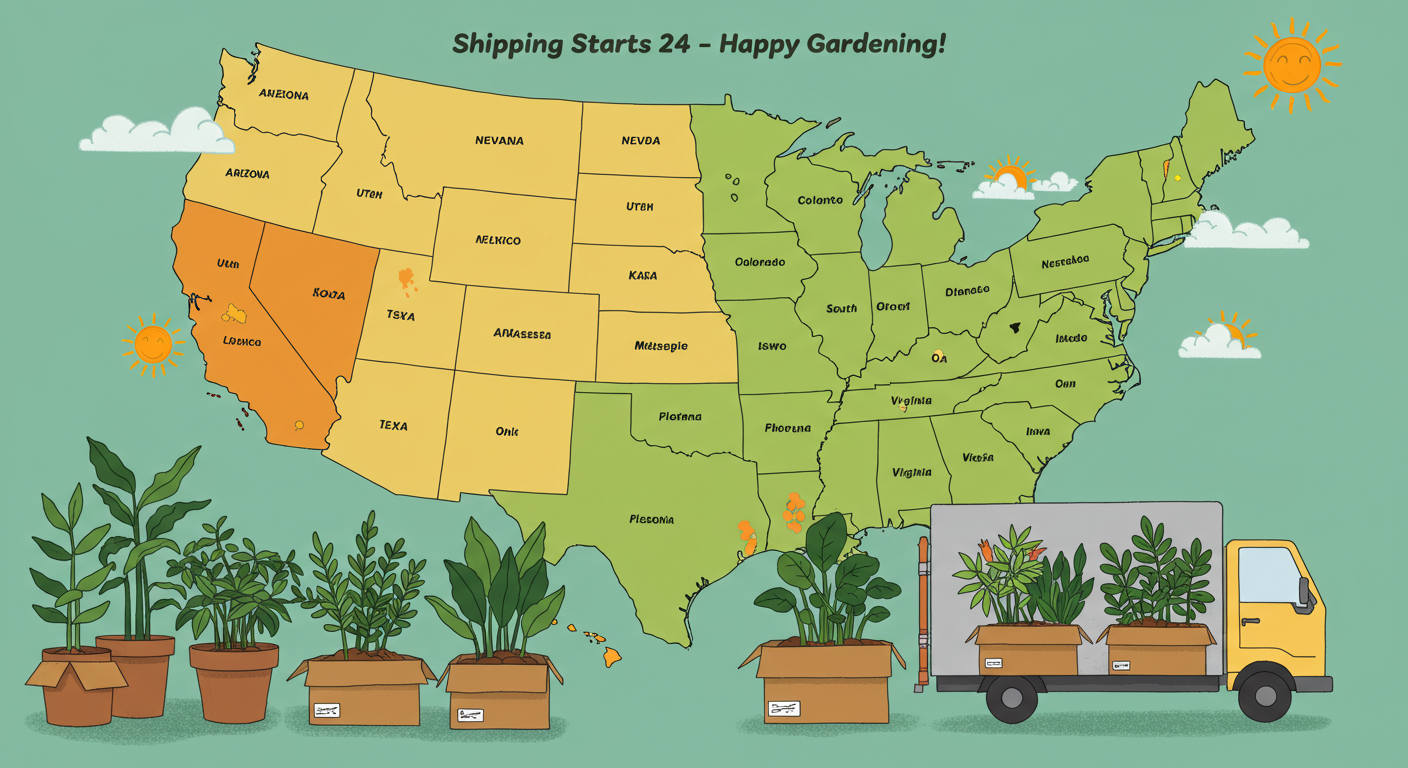Origins and Care Guide: Anthurium Clarinervium x Pedatoradiatum

Origins and Care Guide: Anthurium Clarinervium x Pedatoradiatum

This plant is a hybrid of A. clarinervium and A. pedatoradiatum, same hybridization with anthurium Delta Force. Although they are not the same but since they are both coming from anthurium Clarinervium and pedatoradiatum, this plant carry some similar characteristic of anthurium delta force:
- Far apart lobes
- Pronounce venation
- Elongated and pointed leaf blades
However, unlike Delta Force, this plant is a fast grower and easy to care for. In optimal condition, the plant can grow a new leaf every month.
Care Guide:
* Humidity: Around 60-85%. Can adapt to household humidity but will need an acclimation period. Our plants are already acclimated to 50-60% humidity.
* Temperature: Grows best at 70-80°F yet it can also handle the 55-85 range. Avoid cold drafts, heat stress, or sudden temperature changes.
* Light: Moderately-bright light (around 400 to 100 foot-candle.) A little touch of direct morning or evening light can benefit the plant.
* Watering: Thoroughly water your plant when the top 1/3rd of the soil feels dry.
* Best soil mix: Airy, well-drained, organic reach soil or potting mix. Buy our aroid mix here: https://leafysoulmates.com/products/mix
* Fertilizer: a nitrogen-rich and micro-nutrient-focused fertilizer only in the growing season.
* Support: Anthurium won't need a pole, or at least for a very long time. But you can wrap some damp moss around the crown (base) of the the plants to trick the plant to grow bigger leaves
* Propagating: Propagating anthuriums is not an easy task. I usually propagate chonks and unrooted cuttings in perlite or pumice. It will takes up to 60 days for a new root to form. For unrooted node propagation check out this blog: https://leafysoulmates.com/blogs/care/how-to-successfully-root-unrooted-nodes?_pos=1&_sid=f28f52ba1&_ss=r
* Repotting: Since Clarinervium x Pedatoradiatum's roots are quite big, you will need to repot the plant once a year or when rootbound.








Comments